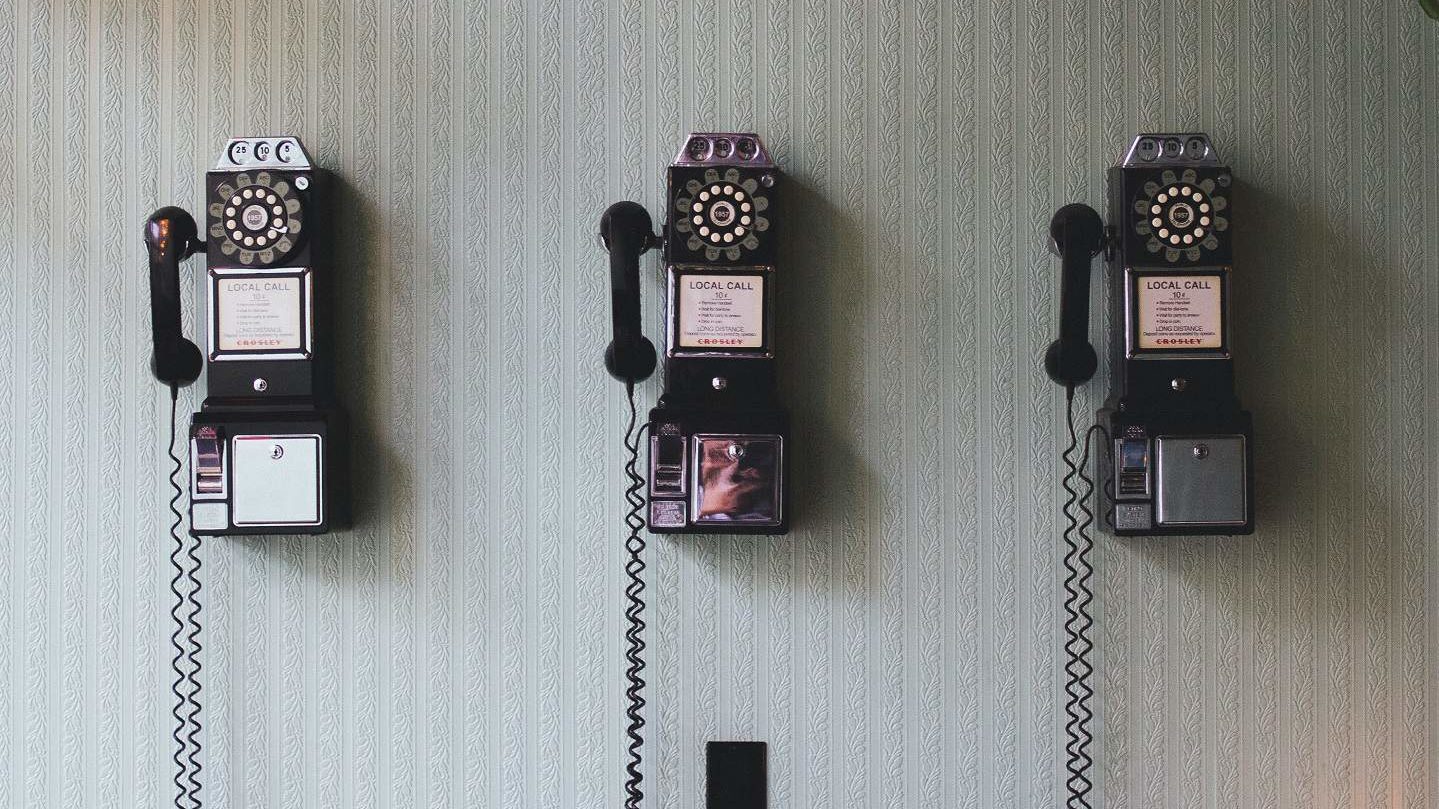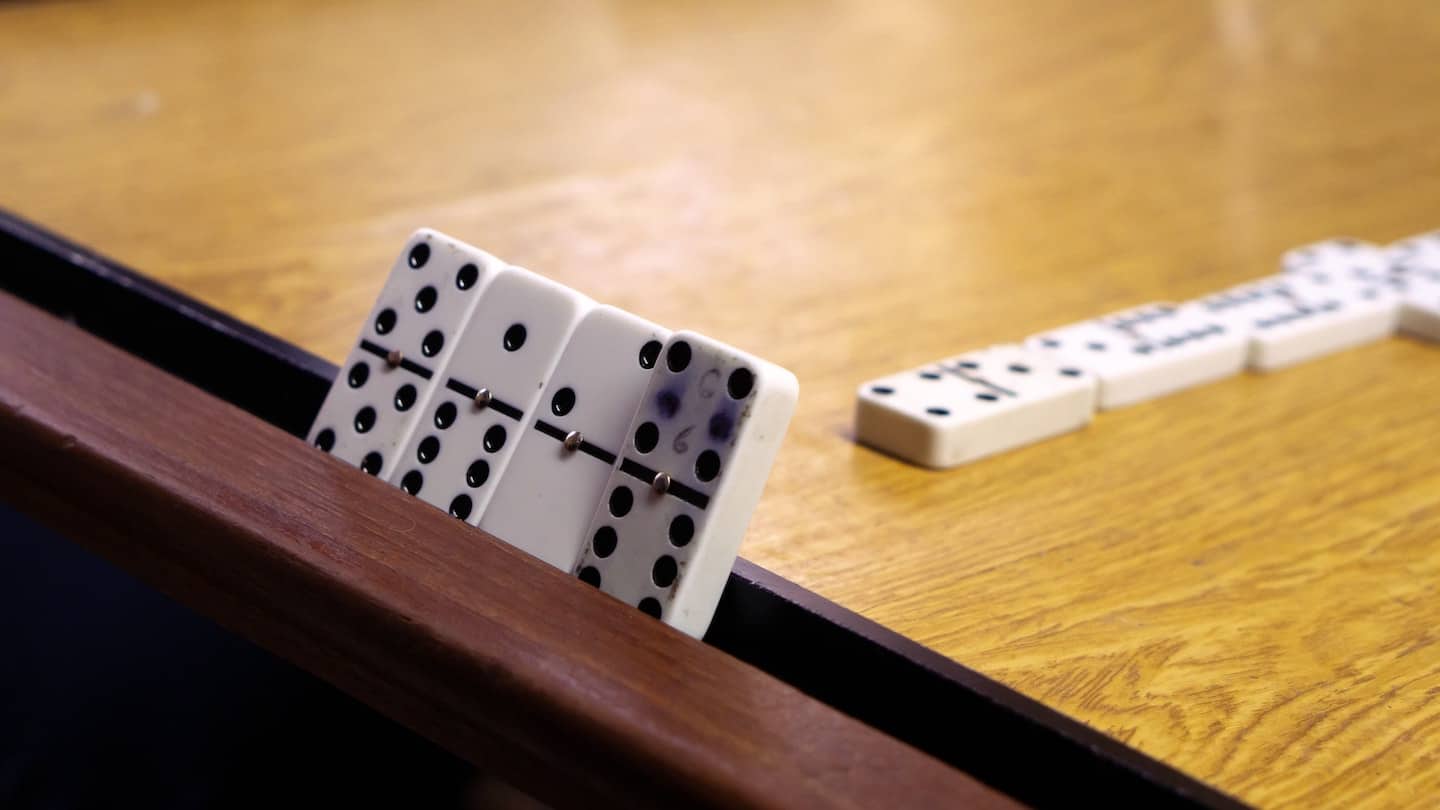In this article, we’ll give you 5 ways to negotiate better, win more sales and at better prices. From the “good cop-bad cop” strategy to working on your voice, you’ll see that every detail counts.
Sommaire
#1 The “good cop – bad cop” strategy

The “good cop-bad cop” negotiation strategy is often used in interrogations and has been depicted in countless films. It is a psychological tactic that involves two interrogators, taking opposing approaches to extract information from a suspect. But it can’t be applied to your sales process.
- The “bad cop” takes an aggressive approach, trying to intimidate the suspect,
- The “good cop” uses a collaborative approach, protecting the suspect from the bad cop. As a result, this allows the good cop to gain the trust of the suspect.
This may sound extreme, but in a business negotiation the basic concept is similar. The idea of this strategy is to work as a team. This team often includes the salesperson and his or her manager. In this duo, one of the participants will systematically refuse any compromise requested by a prospect, usually a discount. The second protagonist will be more open to negotiation. He or she will be willing to listen to the prospect and will try to find a compromise that will benefit both parties.
- This tactic is definitely one of the best business practices. It allows you to be aggressive enough to identify the real sticking points for the prospect.
- This is quite risky! You could completely alienate your prospect with no way back. Moreover, two people are needed to apply this form of negotiation.
#2 The special treatment strategy
The main idea here is that the way you will treat your prospect will be very different from what is normally done. “We don’t normally do this, but I’ll see if I can get an exception for you because I would love to work with you. The “special treatment” negotiation strategy could quickly become your go-to strategy. It is mainly about putting the decision of a compromise in the hands of a third party. The aim is to frame the situation to your advantage and take control of the sales process by giving you more time to create a game plan.
- This is a very easy strategy to implement. It will allow you to introduce a third party into the discussion, who will easily support your arguments.
- This is a strategy that has been seen many times before. So it will be difficult to use it with finesse.
#3 The bundling strategy

We often forget that a deal does not always have to be negotiated in monetary terms alone. When negotiating a deal, try to think of things of value that you could trade with your prospect. This can act as a compromise while still generating revenue. The idea here is to use a technique similar to that used in retailing when you get two items for the price of one. This is called bundling: selling several different goods or services as a package.
- It is an effective way of focusing the negotiation on the value you offer rather than the price you cost. It allows you to add value to your product.
- Be careful not to erode your margins. Your sales people will be very inclined to offer more and more value in order to sell more if they are objectified by revenue alone. It is essential to put in place precise rules. You can also change the bonus model for your salespeople to avoid falling into the trap.
#4 Be frank and empathetic
Drawing attention to negative emotions is a good way to eliminate them. Multiple studies show that when a person has negative emotions and describes them, these emotions decrease. When you identify and describe the negative emotions that others are experiencing, they also decrease. Audit what the other party might be thinking negatively. Identify the negative emotions, then sit back and wait for the person to respond. This could take this form:
“Do you think this appeal will be a waste of time?”
Many of us assume that by saying something so blunt, we are giving the other person an idea that was not there before. This amounts to a fear of empathy versus agreement. People think that by empathising they are giving the other person ammunition. In reality, it draws the other person into a form of collaboration. Most people think of negotiations as arguments. When we imagine ourselves in a negotiation, the image that comes up is two people arguing and shouting at each other, each trying to beat the other. This is not the case at all.

For example, when people say “That’s not fair”, it usually means that they don’t have a strong case on their side of the negotiation. If they had strong arguments, they would have used them instead of discussing fairness. When someone uses equity in a conversation, it is a sign of vulnerability. You have to be careful with this. The person has let you know that they feel weak and helpless. This is a sign that you need to tread carefully in the negotiation, otherwise it will “blow up”. This is an opportunity to empathise with the person – a chance to go further with them.
#5 Work on your voice

Remember the voice of the DJ on RFM at the end of the night? This calm and soothing voice can also be the voice of a negotiator in a hostage situation. It physically calms a person’s brain. It is a tone of voice that uses a downward inflection to show confidence. It takes practice to make this voice sound natural, especially in chaotic situations. But by remaining calm, you will calm others. Remember that negotiation is a real art. Not everyone can become a pro at business negotiation. Working on your voice could be a good starting point.
How can you work on the tone of your voice?
Use this voice when talking to Uber drivers, waiters in a restaurant or your parents on the phone. Find low-stakes conversations to test this voice and see its impact. Also, this is a good time to test it. There is a lot of anxiety among people, so your voice can help calm them down. Next time you pick up the phone, use this tone to see the different reactions.





